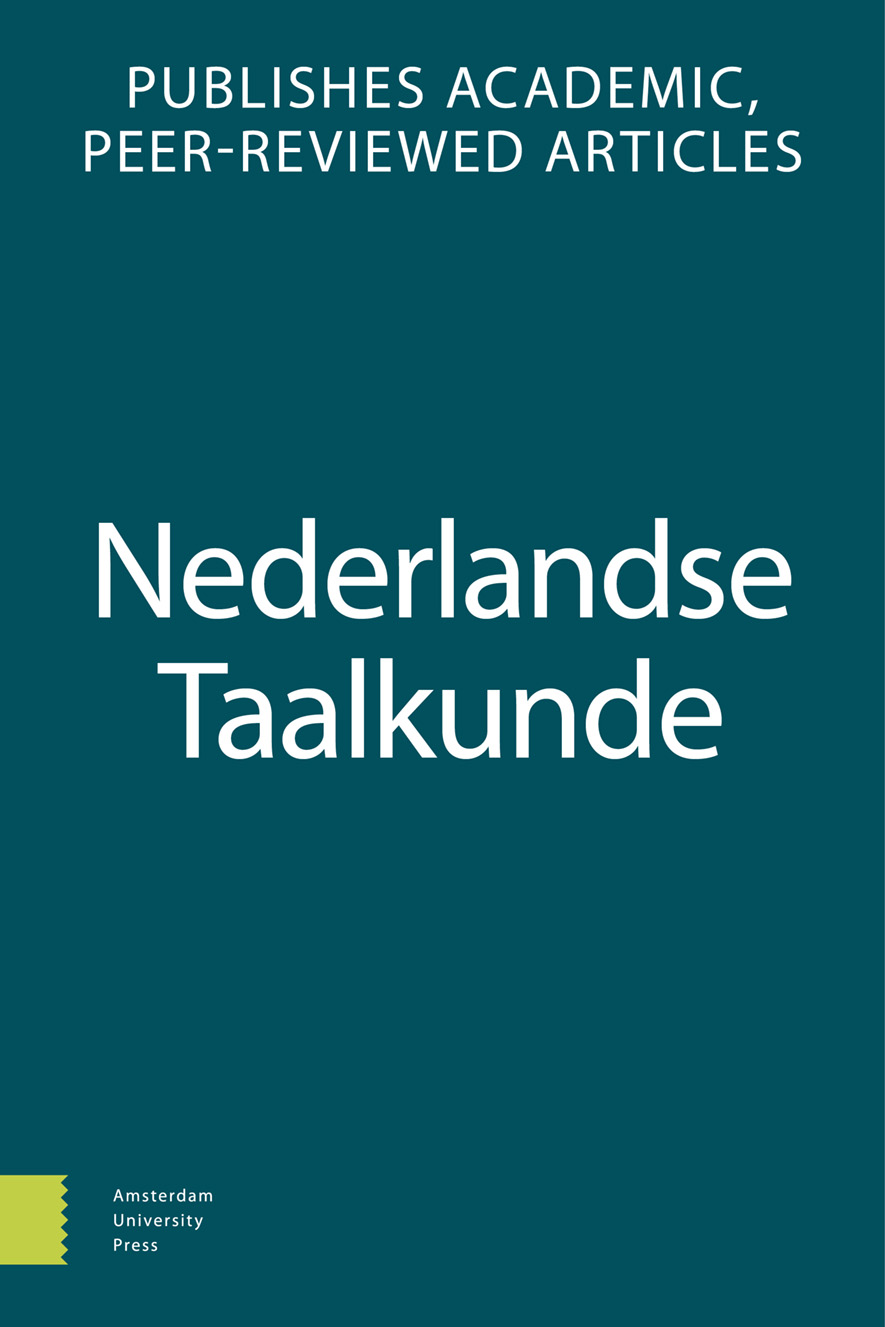-
oa Adverbs of degree in Early Middle Dutch1
Documentation and development
- Amsterdam University Press
- Source: Nederlandse Taalkunde, Volume 27, Issue 2, Oct 2022, p. 198 - 228
-
- 01 Oct 2022
Abstract
Adverbs of degree are prone to undergo change, and new adverbs frequently emerge through grammaticalisation. These adverbs tend to adhere to various syntactic and semantic restrictions that govern their usage depending on their degree of grammaticalisation (Klein 1998). During the grammaticalisation process, they first tend to expand in function and then become more specialised (Bolinger 1972, Klein 1998). This article provides documentation for the usage of the different adverbs of degree in Early Middle Dutch, and draws comparisons with Modern Dutch in order to shed light on the changes that led to the present situation. Using data from the Corpus Gysseling (2013), the present study focuses on eight adverbs. These include adverbs of high degree (harde, vele, sere, grotelike, utermaten), low degree (een deel, iewet), a negative polarity item (buere) and a modifier of comparatives. Some of these are still around in Modern Dutch, but with differences in distribution (veel) or in register (zeer), while others have disappeared (een deel). We present evidence that distributional patterns may be preserved even when the adverbs themselves are replaced by other expressions. We also found that the high degree adverbs show greater distinctions than those of low degree.


